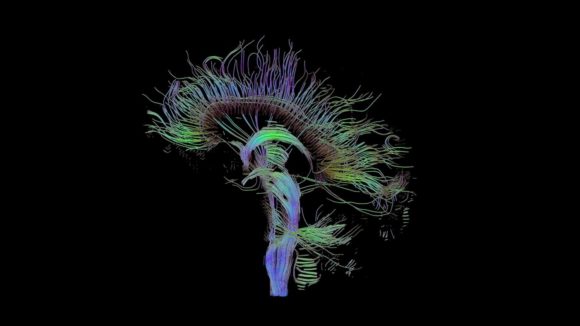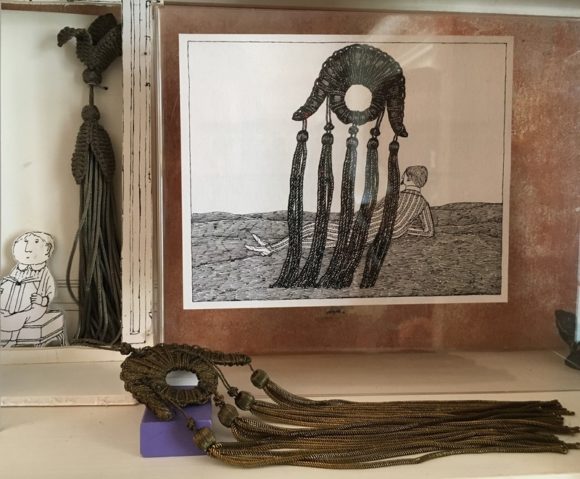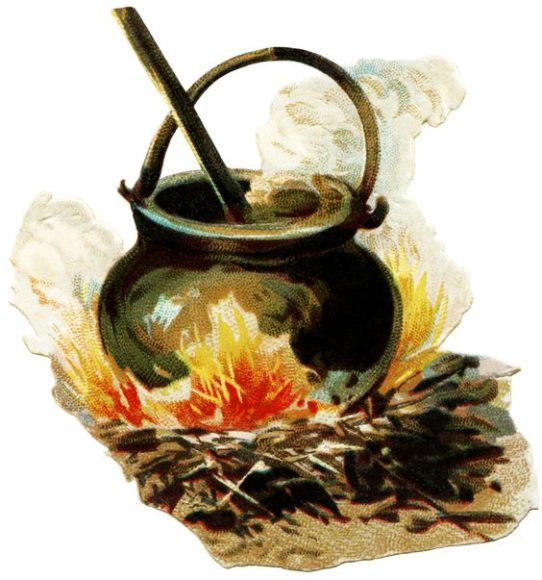Mysterious post-mortem delta waves found in the brain…
Is there life after death for our brains? The evidence says it depends.

From discovermagazine.com,
Brain Activity At The Moment of Death
By Neuroskeptic
What happens in the brain when we die?
Canadian researchers Loretta Norton and colleagues of the University of Western Ontario examine this grave question in a new paper: Electroencephalographic Recordings During Withdrawal of Life-Sustaining Therapy Until 30 Minutes After Declaration of Death.
Norton et al. examined frontal EEG recordings from four critically ill patients at the point where their life support was withdrawn.
What they found were post-mortem delta waves that the authors say are very hard to explain:
It is difficult to posit a physiological basis for this EEG activity given that it occurs after a prolonged loss of circulation. These waveform bursts could, therefore, be artefactual in nature, although an artefactual source could not be identified.
Another interesting finding was that the actual moment at which the heart stopped was not associated with any abrupt change in the EEG. The authors found no evidence of the large “delta blip” (the so-called “death wave“), an electrical phenomena which has been observed in rats following decapitation.
For the rest, click here.
Share

